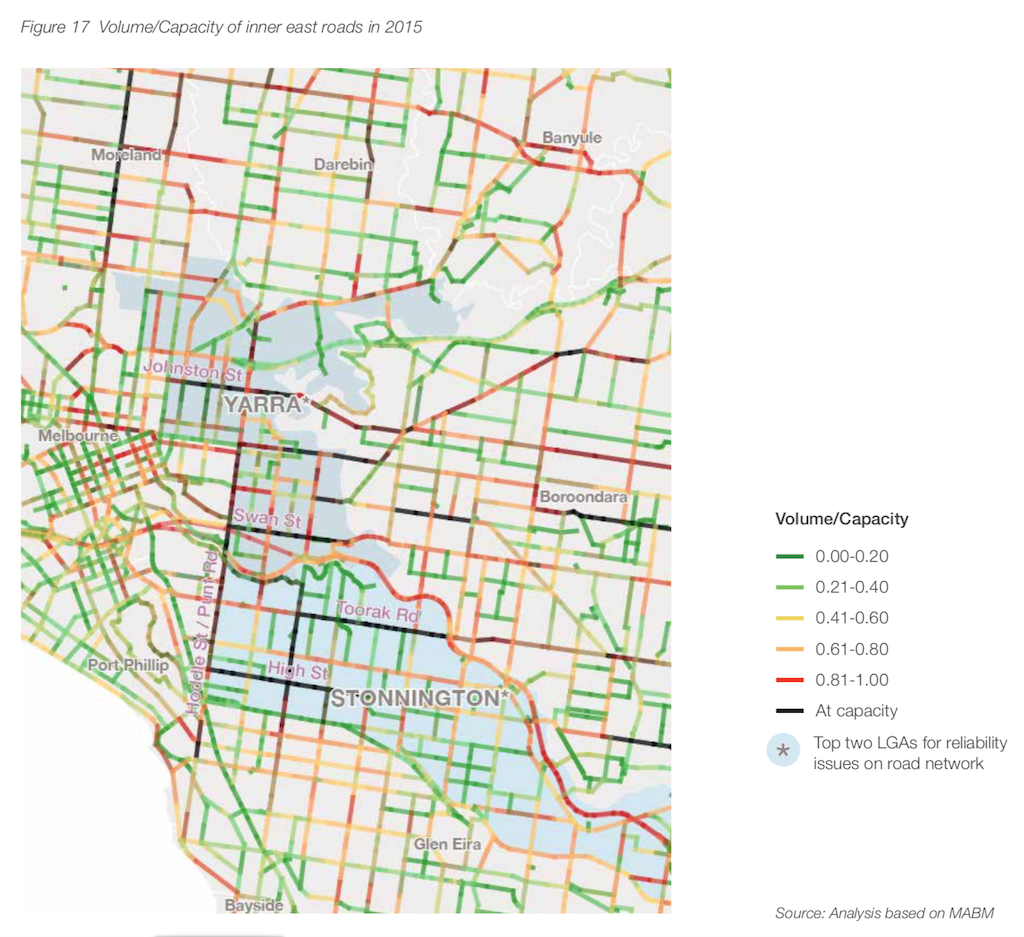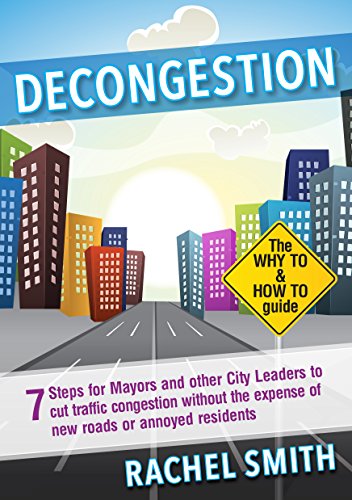Yarra isn’t full of people, it’s full of cars
Melbourne’s population
Greater Melbourne’s population is increasing toward 8 million by 2050 and the built area is expanding outwards. Both trends increase traffic congestion in inner city suburbs, as described in this video from the City of Moonee Valley:
Yarra’s population
Yarra’s residential population is expected to increase by 50% to 2040, and business is also growing, bringing more workers and commuters.

Population is good for business
More people in the neighbourhood means more business for our local traders. The challenge is to ensure that everyone can access local shops.
Poor access is bad for business
Infrastructure Victoria has shown, via the KPMG Melbourne Activity Based Model (MABM), that multiple streets in Yarra are already at capacity. We don’t have the space for 50% more people to drive or park. If more people attempt to drive and park, congestion will be severe, which worsens access for everyone, including those who are trying to walk, bike, or take the tram.

Gridlock before 2030
Congestion is a non-linear effect; it increases at a faster rate than population, and then transitions suddenly to gridlock. Considering that some streets are already at capacity, with our forecasted population growth it is clear that many of Yarra’s streets are facing gridlock before 2030. This would be a bad outcome for residents, ratepayers and businesses.
Solutions
As other world class cities have proven, the best way to decongest a city is to:
- invest in infrastructure to support active transport,
- introduce decongestion charges, and
- change planning schemes to impose parking maximums.
It takes time to plan, consult, design, finance and build alterations to our transport infrastructure (and our planning scheme). It’s not professional or pragmatic to delay investment until gridlock has occurred. Considering the investment required, If we wish to avoid gridlock before 2030, we need to start now, investing $10m per year in active transport.
It’s pro-car to invest in active transport
Many people prefer or need to own, use and park a car. The same applies to business (deliveries) or essential services (emergency vehicles). If we maintain ‘business as usual’, and gridlock occurs on many streets by 2030, these people, businesses & services won’t be able to get around and our economy will be impacted. To maintain at least some ability to drive through Yarra in the 2030s, we need to enable many other people to choose to walk or cycle. People won’t choose to walk or cycle unless it is safe, convenient and enjoyable, which requires investment in infrastructure for active transport. Thus, it’s pro-car to invest in active transport.
Guidance for city leaders
Guidance for Mayors and other City Leaders is available from the book ‘Decongestion‘ by Rachel Smith:

How you can help
You can help by appearing on the Streets Alive Yarra website as a champion for your local street, neighbourhood, or school.
